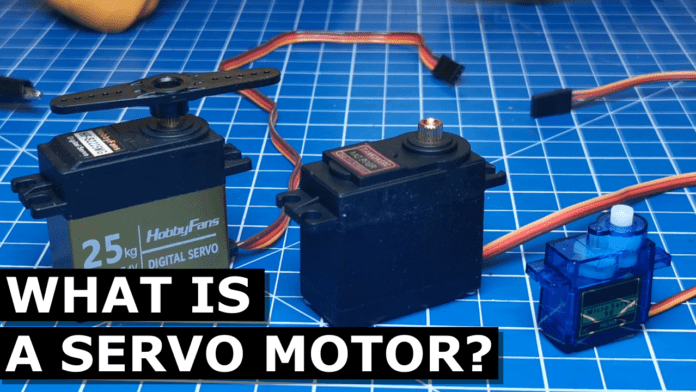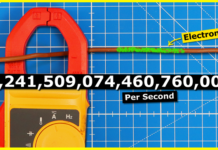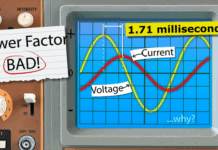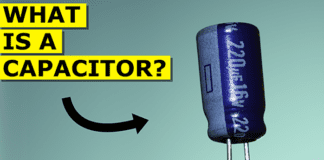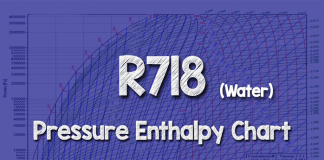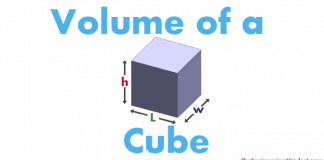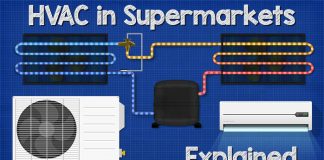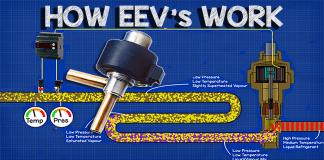What is a servo motor and what does a servo motor do, why do we use servo motors.
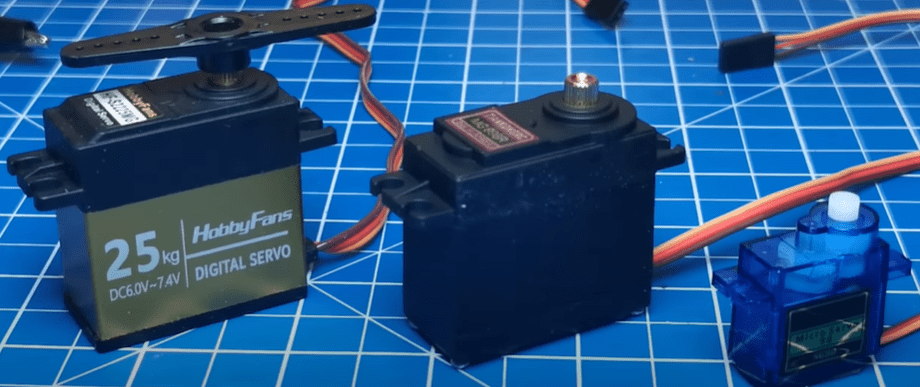
A servo motor looks something like this. It converts electrical energy into mechanical energy. This type of energy is used for precise control and we can connect different attachments to achieve this. We can control the position of a servo motor but using a controller. So we often find it used in robotics and automation, and even for the steering of remote control cars. Usually when we connect a DC motor to a power supply, it just rotates constantly, but a servo motor is different. These will not instantly rotate. Instead, these are sent signals which tell the motor exactly how far to rotate. Typically, the motor will rotate just 180 degrees, but we can get smaller or larger values.
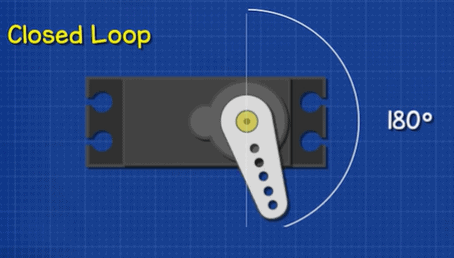
These are closed loop type. There’s usually a pin inside to physically stop to the motor from rotating further. Some servo motors will not have this and are able to rotate the full 360 degrees. These ones are known as open loop type. Closed loop provides the best control and these are more commonly used. So we will focus on this type in this video.
On the side of the servo motor, we usually find a weight value. This is not the weight of the motor. It represents the torque of the motor or how much force it can apply. This small motor has a rating of 9 grams. This larger one has a rating of 25 kilograms. This is how much force the servo motor can apply to a lever. We normally find this measured in kg- cm, or oz- in. what does this mean?
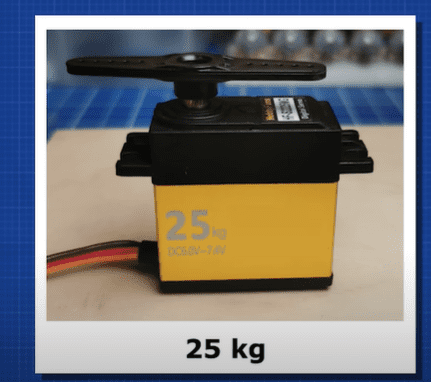
Well for example, this servo motor is rated for 25kg. so at one cm from the shaft, it can support 25kg, but at 2cm it can only support 12.5kg, and at 3cm it can only support 6.25kg. We can find more information on the data sheet. In this example we see it can be connected to a supply of between 4.8 and 7.2V. The higher the voltage applied, the higher the torque will be. So the stronger the motor will perform. But as we can see, the motor has limits and it will stall if it exceeds these limits. When the motor stalls, we can see the current dramatically increases. The operating current depends on the load applied, as well as the voltage. The motor consumes more power when moving. Its uses very little to hold its position. The higher the voltage applied, the faster the motor will rotate. We measure this rotation in seconds, taken per 60 degrees of rotation. The physical size of the servo motor increases with the torque rating. That’s because it needs larger gears, and a larger electrical motor to achieve this.

